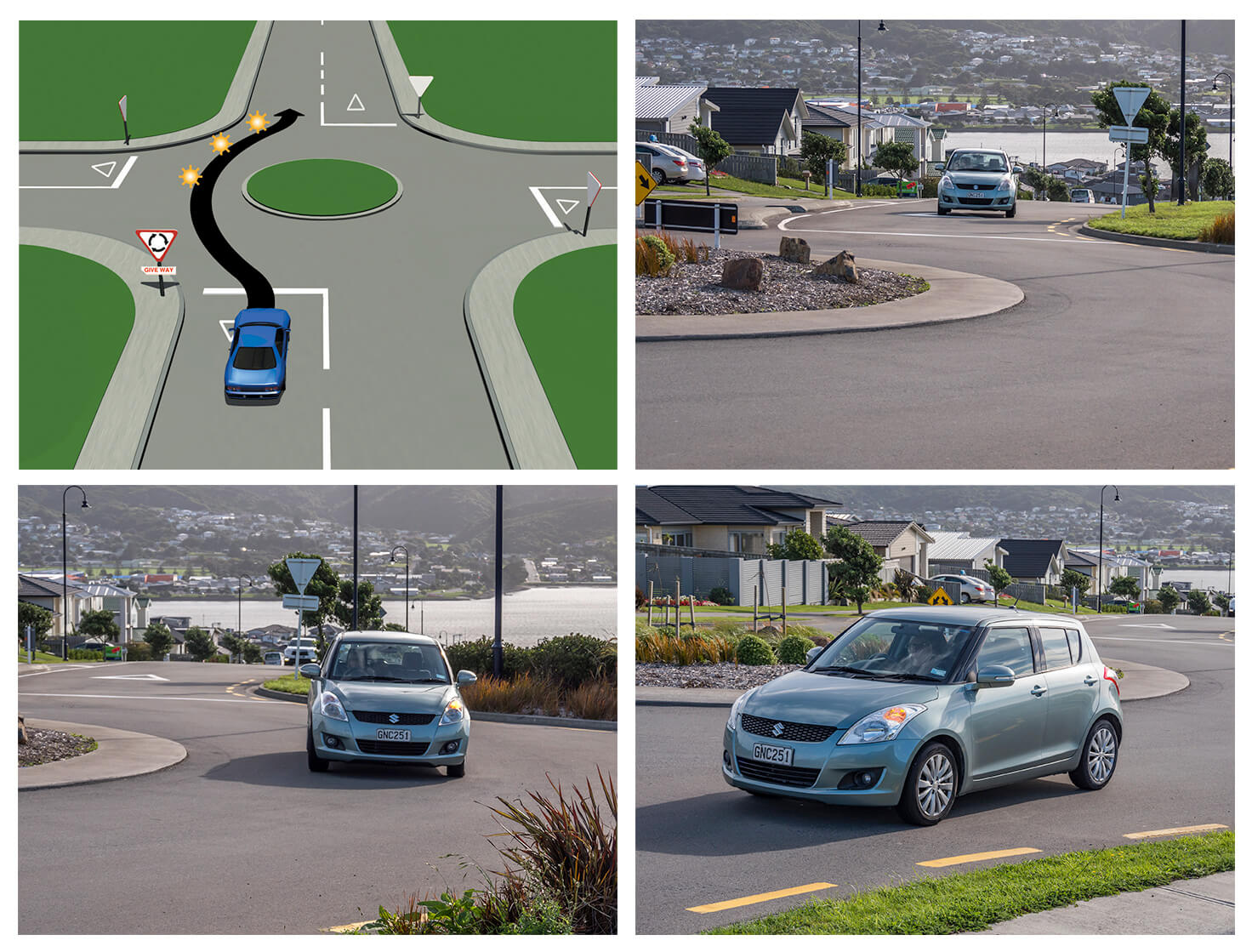Due to the lack of broad driver education in New Zealand, Drive Life contributor Rob Neil is here to talk about some of the common bad habits and issues that cause difficulties on the road.
Please, share the links to these articles with others. If we can save one life with our series of road safety and driver information articles, it will be worth it.
Rob Neil is a part-time DriveLife contributor (but a full time grumpy bugger) who spent 24 years as a traffic cop, initially with the Ministry of Transport and then with Police, where he specialised in traffic enforcement, spending his last six years in the job with the Highway Patrol.
The Mystery of the Roundabout
Sit and watch any roundabout in New Zealand and you will quickly realise that most drivers have no idea what their obligations are when it comes to indicating.
The “mystery” of roundabouts is not the road rules themselves, but why people—the “confused roundabouters” as I shall call them— find them confusing at all.
There is only one difference between indicating at roundabouts and any other type of intersection.
The only additional indication needed at a roundabout—the only difference from any other intersection—is the need to always indicate your exit. That is it; there is nothing else—nothing to be confused about, and no need for any random indication when approaching a roundabout.
The most common tendency of the confused roundabouter appears to be an inexplicable urge to indicate right when intending to travel straight ahead. The only real “mystery” is where this practice comes from because it makes no sense at all. All it does is confuse (and infuriate) opposing drivers who dutifully (and correctly) stop to give way to the approaching confused roundabouter’s vehicle, only to have it continue annoyingly straight ahead while they give way unnecessarily!
If you are one of those who is confused (and with plenty of bush-lawyers offering unqualified wrong advice, perhaps it’s understandable), simply imagine what you would do if the intersection had no roundabout. Would you indicate a turn if you intended travelling straight ahead through a “normal” intersection? No you wouldn’t; a roundabout is no different.
If (and only if) you intend to turn (either right or left) at the roundabout, then you indicate your intention to turn before entering—exactly the same as you would at any intersection. Other than that, your only other indication at a roundabout is to (always) signal LEFT before reaching your intended exit, to let others know you are LEAVING the roundabout.
This makes sense—particularly with large roundabouts, which might have multiple exits.
The reality of time and distance at small roundabouts makes it impossible to provide a full three seconds’ indication of your intention to leave; however, this is unavoidable (and the Road User Rule 2004 specifically acknowledges this fact, but still requires an indication where practicable).
What is avoidable (and frustrating for other road users) is the unnecessary and inappropriate indication by “confused roundabouters” of non-existent turns.
Most of our traffic laws have a sound basis in common sense, and roundabouts are no different. Hopefully this simple article helps demystify for the confused roundabouters out there what is actually a very straightforward procedure.
Take care, be courteous, and safe driving everyone!
See the following link to the relevant section of the Land Transport (Road User) Rule 2004 (sub-clauses (5) and (6) of clause 3.10)
http://www.legislation.govt.nz/regulation/public/2004/0427/latest/DLM303071.html#DLM303071
